by Seanna Takacs
“Hi, I’m Seanna, I work in Accessibility Services.”
“Oh, like ramps and stuff!”
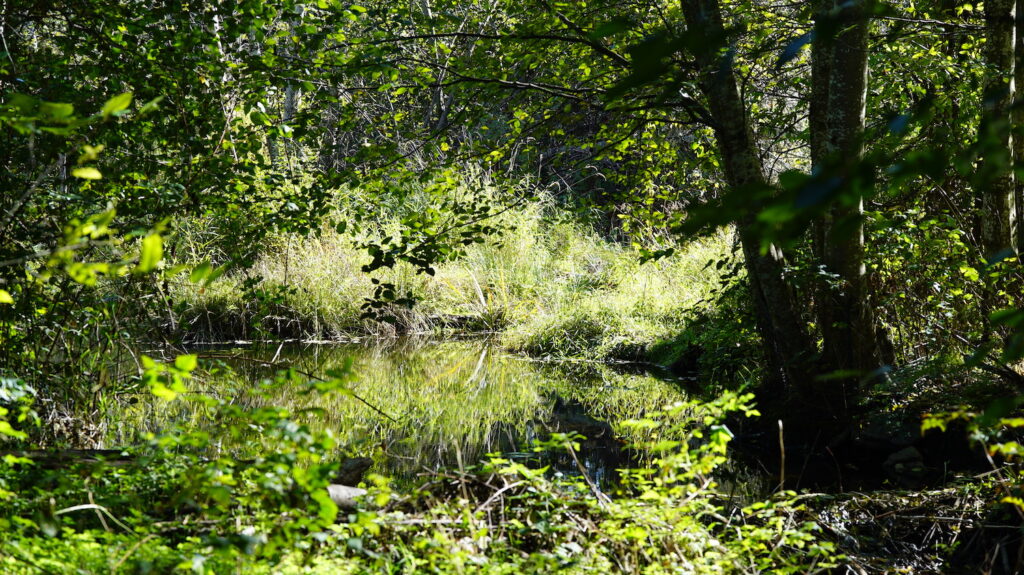
Community of Practice at Cougar Creek Park. Photo by Yhanu Sivapalan
Often when we think about accessibility we think about the built environment. We think about elevators and stairs, single stall bathrooms, shelves, adjustable tables, door widths, and seating arrangements.
What does accessibility look like outside?
When I joined KPU Wild Spaces I was excited to consider this question; a change of place and a change of pace always reveals deeper commitments to access and accessibility. When we go outside to teach and learn, we can have the tendency to treat nature as we do the built environment. We think about our footing, availability of bathrooms, temperature, and places to rest to make sure we have access to the physical space.
What else do we want access to?
A student I’ve worked with for several years was recently meeting with me to talk through a health crisis and we had the chance to reflect together on what it means to have a hopeful life. A life with challenges and interest. A life that is not a cage of medications and doctor’s appointments. A life beyond the symptoms roller coaster and fear that it will get worse.
“It’s important to go outside and learn that there is a world much bigger than yourself,” he said.

Community of Practice event at Langley. Photo by Ahanya Tonse
Through KPU Wild Spaces, I’ve had the chance to do just that and I’m starting to think about accessibility differently. Accessibility can mean awe and admiration. It can mean being carried away by the taste of an apple from the century-old trees on the Westerman property. It is witnessing yourself as a storyteller, a listener, and an appreciator. It can mean walking quietly and being softly prickled by a fall-blooming thistle, quiet about that too. Being outside, shifts our sense of time and shifts our sense of attention. We get bigger and we get smaller as time speeds up and slows down.
I never would have guessed that sharing my grade two poem on the colour green would be a liberation, nor did I imagine that stumbling upon a majestic heron in the middle of Surrey would electrocute my spirit.
So how does accessibility look outside?
Accessibility in the outdoors looks like finding old parts of yourself and developing new parts. Accessibility is granting primacy to interconnectedness. Accessibility is the most genuine of human witnessing, being together as quintessential thinkers and feelers.
Accessibility is feeling the world beyond and holding, even for small moments, flashes of our fullest humanity.
Ramps and stuff, indeed.
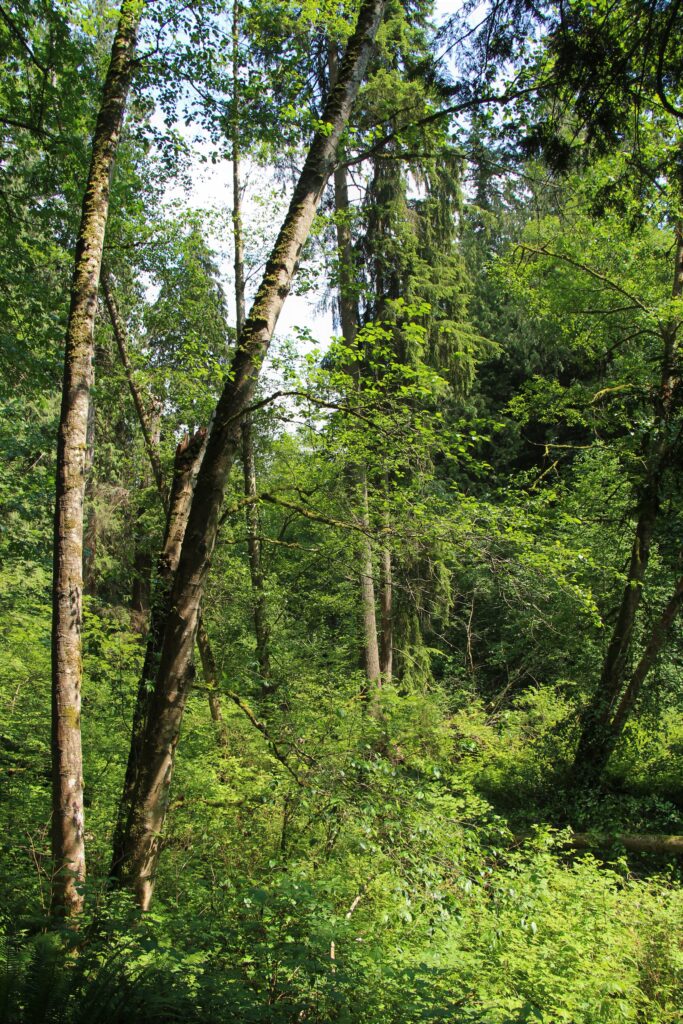

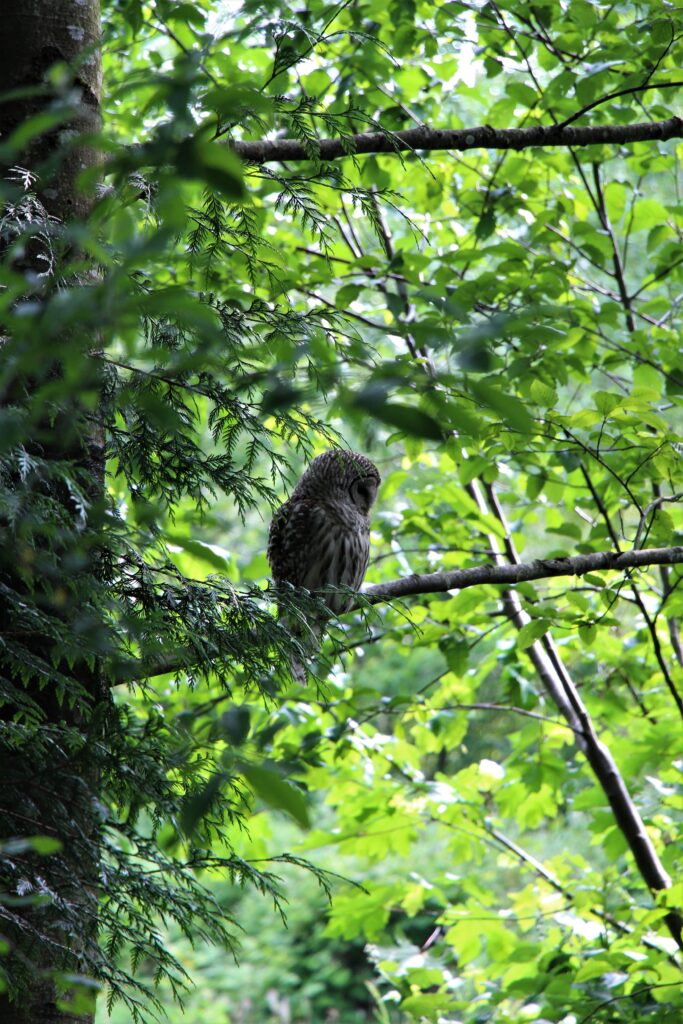

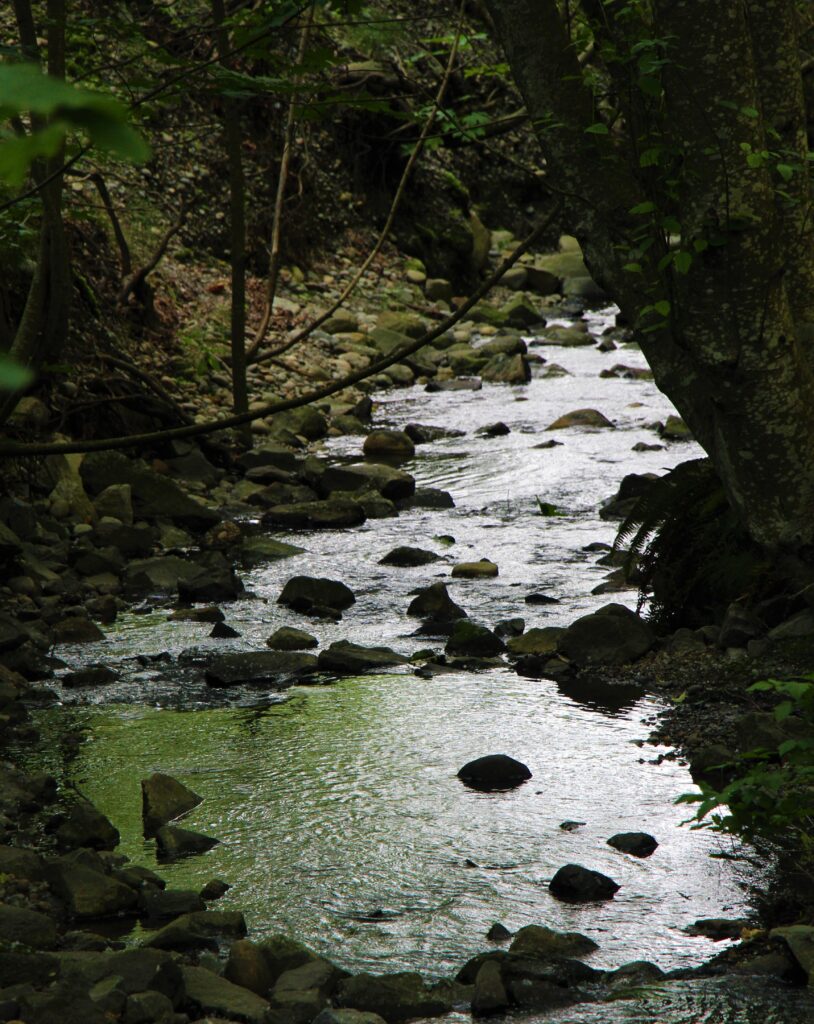
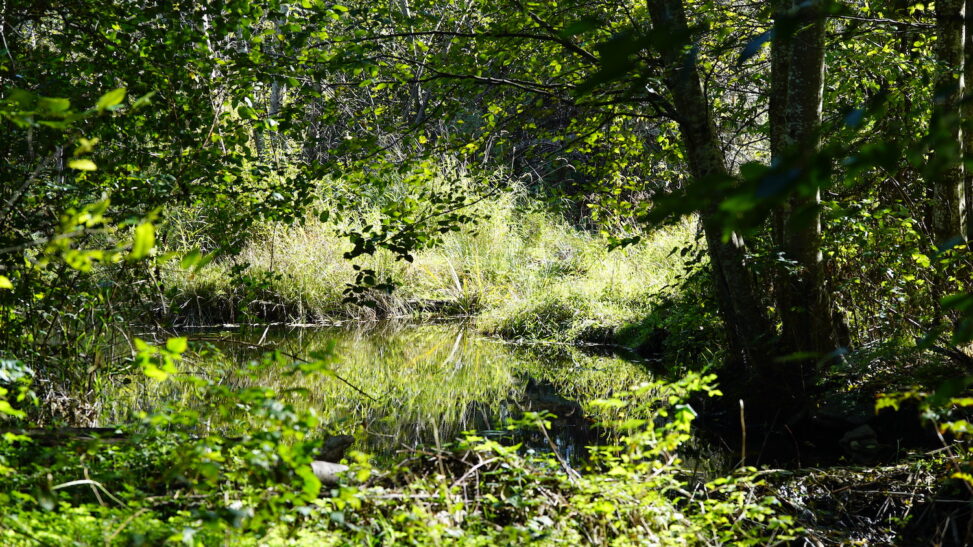
Leave a Reply